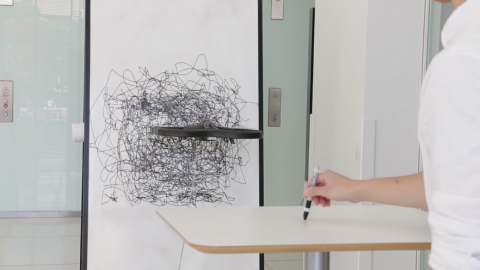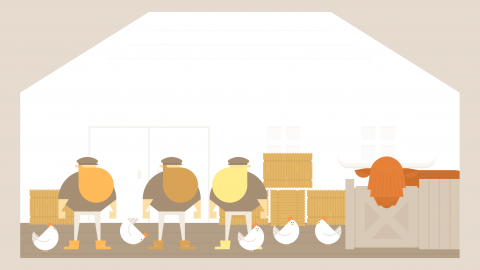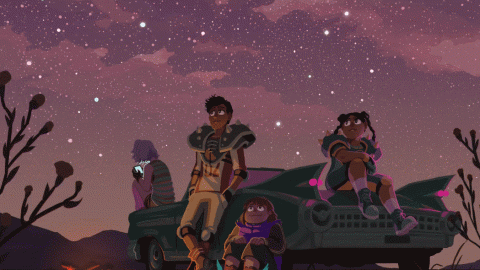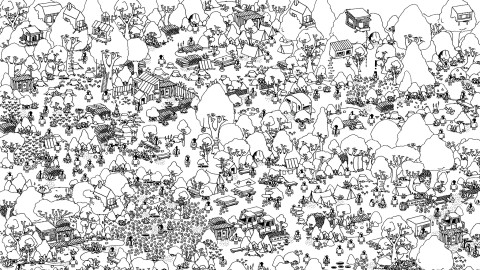
Social Gaming: Making Minecraft a game for everyone
This article is part of a collaboration with iQ by Intel. Defying the stereotype that paints gaming as an isolating hobby, Minecrafters use the virtual world as a means of connecting with family and friends in real life. Minecraft (2009) has redefined social gaming for nearly a decade, driven mostly by prolific online communities of creative people. A growing population of Minecrafters is harnessing the power of portable computer technology to interconnect in new ways, bringing their creativity in the digital world into reality. Aside from a thriving community of modders who build upon each other’s work to achieve incredible feats, a huge…







